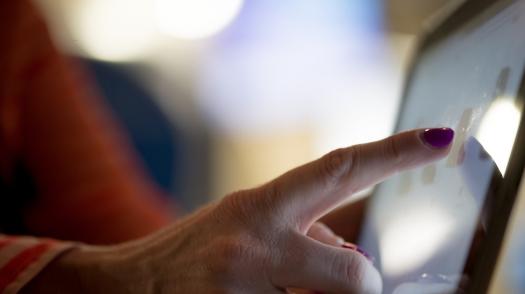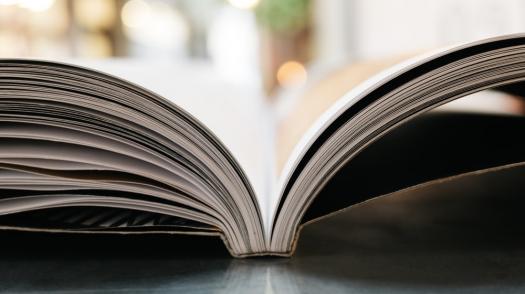One of the definitions of ‘rehabilitate’ in The Oxford English Dictionary is: “to restore someone back to health through training and therapy”.1 Although this is a good place to start, it is rarely quite this simple with acquired brain injury.
Recovery may go on for many years, and many children are affected by their brain injury for the rest of their lives.2 The sheer complexity of the brain means the process of restoring a child back to health after an acquired brain injury is rarely a simple one.3
The aim of rehabilitation is to give children their very best chances at making improvements through different therapies or treatments. It aims to give children and young people as much independence as possible4, and to work on skills they may be struggling with.5
It may be an uncertain time for parents, but in all the uncertainty there is also great possibility. The experts may not be able to guarantee the level of recovery, but neither can they rule out the dramatic improvements many families have witnessed.6
Rehabilitation might take place in a number of settings:
Services at the hospital – some hospitals may offer therapies such as physiotherapy or speech and language therapy. This is sometimes called ‘inpatient rehabilitation’.
A specialist rehabilitation centre – a dedicated centre may have a multidisciplinary approach to rehabilitation. This is where there are many different therapies and treatments. This might be residential, where the child lives at the centre.
Community services – specialists provide therapy at your child’s home, at a local centre or even at school.
If you’re looking at this section, you may well have gone through the process of a discharge planning meeting at the hospital. The aim of these meetings is to make sure a/ your child has a ‘care plan’.7
This is a plan of action to set out what kind of care a/ your child needs and who will provide it. The next step might be a referral.
We had lots of meetings. Meetings about rehabilitation, meetings about school ... it can be hard to see people you don’t know making decisions about your child’s life.."Parent's experience
What rehabilitation hopes to achieve
While we wouldn’t presume to speak for every service at a detailed level, there are some broad aims that are common to rehabilitation:
- Getting back some of the everyday skills lost after the injury (and in many cases learning new ways of doing them).
- Supporting children in doing these everyday tasks through strategies.4
- Equipping a child for getting back out into their community.5
- Allowing a child to live as independently as possible.4
- Improving emotional wellbeing.8
- Enabling a child to accept who they are after their injury.9
These are big goals, that parents may well be involved in setting.
Something you may hear experts stressing is the importance of patience in this process. Improvement can be quick in the early stages after an injury, but progress may slow down.
This is perfectly normal, but it can be deeply frustrating for families.10 It’s also important to consider the effect of fatigue in rehabilitation. See our section on Fatigue.
As well as physical tiredness, a child’s ability to concentrate for any length of time is greatly affected by a brain injury. This is often called ‘cognitive fatigue’ – a tiredness of the mind and of the senses.11
Children might complain about not being able to focus, or may even be irritable, and this can have an effect on their rehabilitation.12
It’s natural for parents to want to ‘make the most’ of their child’s rehabilitation, and get as much time with therapists as possible. But it’s important to remember that frequent breaks and time for a child to gather themselves together for their next session is extremely valuable.
Having a brain injury is a little like having a smaller fuel tank in a car. It isn’t that a child can’t get where they want to, it’s only that they need to make more stops for petrol on the way.13
As well as these more structured therapies, rehabilitation might also take the form of social or work-related activities.
Outings and visits played a really important part in Michael’s recovery. He’d always been an extrovert, and the social side of things was really good for him." A parent's experience


